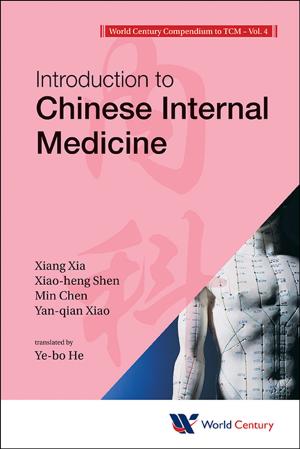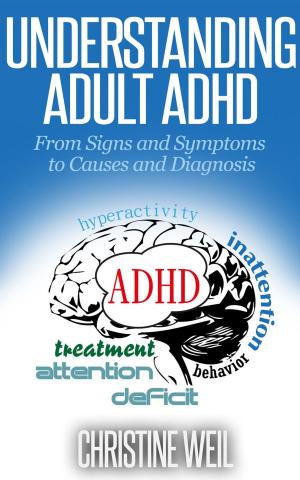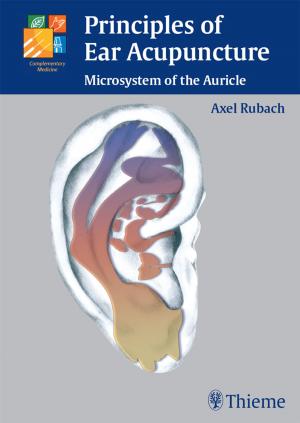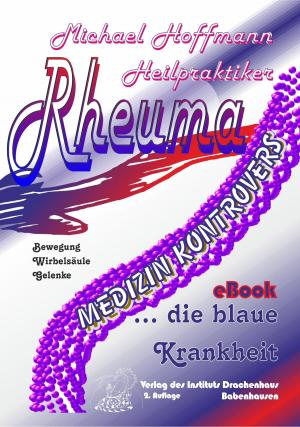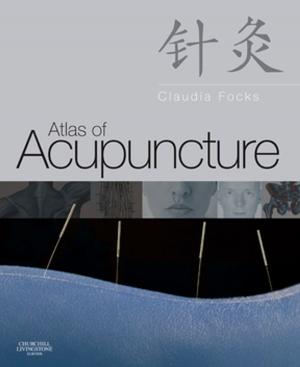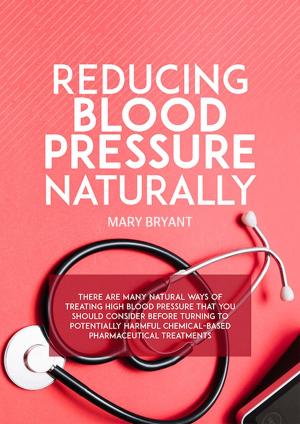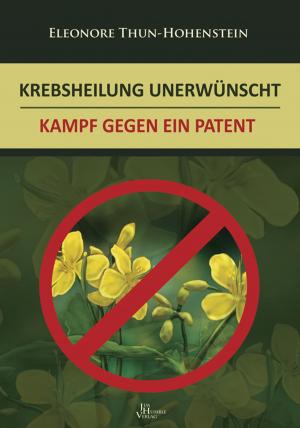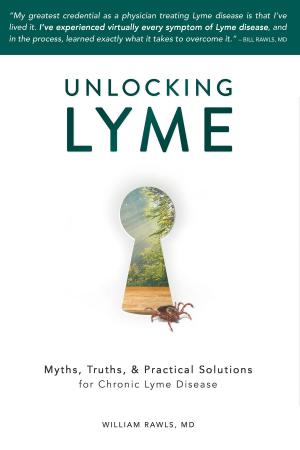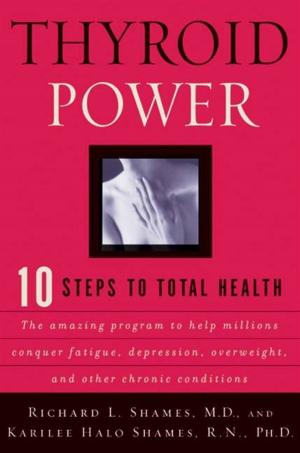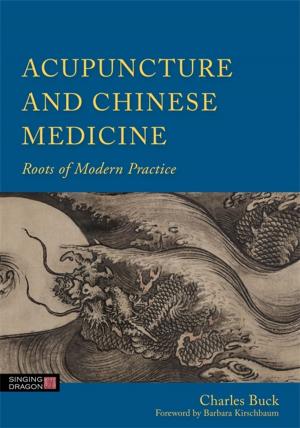Cardiac Examination in Homeopathy
A practical approach to examination, in the tradition of the homeopathic masters
Nonfiction, Health & Well Being, Health, Alternative & Holistic Health, Homeopathy, Medical, Specialties, Internal Medicine, Cardiology, Alternative & Holistic Medicine, Alternative Medicine| Author: | Janice Block | ISBN: | 9789659001309 |
| Publisher: | Janice Block | Publication: | March 12, 2018 |
| Imprint: | Block Publications | Language: | English |
| Author: | Janice Block |
| ISBN: | 9789659001309 |
| Publisher: | Janice Block |
| Publication: | March 12, 2018 |
| Imprint: | Block Publications |
| Language: | English |
This book addresses the topic of homeopathic cardiology, a field which is a black box to many homeopaths. How many homeopaths understand the meaning of a "bruit de souffle"; or the full ramifications of a systolic versus a diastolic heart murmur? And when it comes to physical examination of the heart, even conventional medical physicians are losing their touch. Medical doctors have become so reliant on technologies such as the echocardiogram and the x-ray that they have lost much of their familiarity with the subtleties of heart sounds.
Homeopaths of the previous century did not make use of technologies such as echocardiograms, catheterization labs, or x-rays for heart assessment. They assessed their patients by history and physical examination alone. As a result, they understood the subtleties of cardiac examination better than most conventional or homeopathic practitioners today. Classic sources such as Hering's Guiding Symptoms of our Materia Medica and Clarke's Diseases of Heart and Arteries are replete with references to cardiac physical symptoms -- rubrics obtained by stethoscope, by examination of the pulse, and so forth. These cardiac and circulatory rubrics are not merely heirlooms from the past. They are keys to better homeopathic analyses and to more accurate homeopathic prescribing.
The book* Cardiac Examination in Homeopathy* covers topics such as cardiac anatomy and embryology, physical examination of the heart and blood vessels, the different types of heart disease, homeopathic rubrics for the heart, and relevant materia medica. Along the way, it explains the many technical rubrics contained within our classical sources. The goal is to provide the reader with foundational tools for cardiac examination, or else to build on the skills that the reader already has.
This book addresses the topic of homeopathic cardiology, a field which is a black box to many homeopaths. How many homeopaths understand the meaning of a "bruit de souffle"; or the full ramifications of a systolic versus a diastolic heart murmur? And when it comes to physical examination of the heart, even conventional medical physicians are losing their touch. Medical doctors have become so reliant on technologies such as the echocardiogram and the x-ray that they have lost much of their familiarity with the subtleties of heart sounds.
Homeopaths of the previous century did not make use of technologies such as echocardiograms, catheterization labs, or x-rays for heart assessment. They assessed their patients by history and physical examination alone. As a result, they understood the subtleties of cardiac examination better than most conventional or homeopathic practitioners today. Classic sources such as Hering's Guiding Symptoms of our Materia Medica and Clarke's Diseases of Heart and Arteries are replete with references to cardiac physical symptoms -- rubrics obtained by stethoscope, by examination of the pulse, and so forth. These cardiac and circulatory rubrics are not merely heirlooms from the past. They are keys to better homeopathic analyses and to more accurate homeopathic prescribing.
The book* Cardiac Examination in Homeopathy* covers topics such as cardiac anatomy and embryology, physical examination of the heart and blood vessels, the different types of heart disease, homeopathic rubrics for the heart, and relevant materia medica. Along the way, it explains the many technical rubrics contained within our classical sources. The goal is to provide the reader with foundational tools for cardiac examination, or else to build on the skills that the reader already has.


